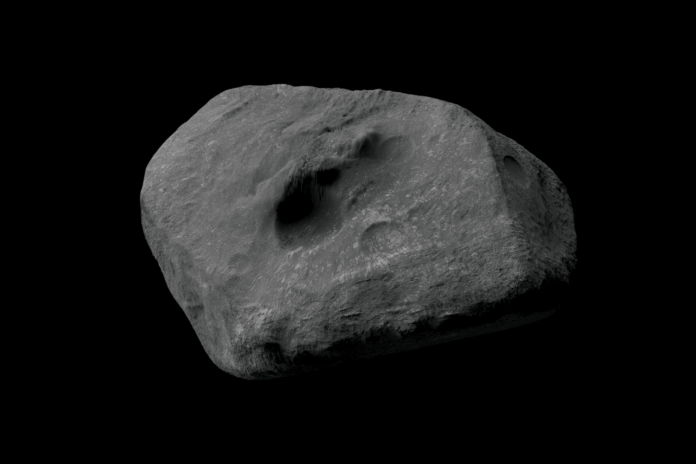The likelihood that an asteroid the size of a 10-story building will crash into the Moon in 2032 has increased slightly, according to NASA. On June 5, the agency announced that the probability of asteroid 2024 YR4 colliding with the Moon has increased from 3.8% to 4.3%.
This infamous space rock caused quite a stir at the beginning of the year, when initial data suggested that it could collide with Earth in about eight years. But as scientists collected more data, it became clear that this asteroid poses no threat to our planet. However, there is still a possibility that 2024 YR4 could collide with the Moon. New observations by the James Webb Space Telescope have allowed scientists to refine the asteroid’s orbit, leading to a slight increase in the probability of a collision with the Moon.
“As data comes in, the probability of a collision changes, and that’s normal,” NASA said in a statement.
When the Asteroid Impact Warning System (ATLAS) in Chile first detected 2024 YR4 in December 2024, NASA almost immediately labeled it a potentially dangerous object. Initial calculations showed that this asteroid had about a 1% chance of colliding with Earth on December 22, 2032. Over the next few weeks, that probability rose alarmingly to nearly 3% before eventually dropping to zero in late February.
At the time of its discovery, 2024 YR4 was approximately 515,116 miles (829,000 kilometers) from Earth. Since then, it has moved even further away. By mid-April, the asteroid was too far away to be observed with ground-based telescopes. It won’t come close to Earth until June 2028, but Webb’s infrared capabilities allowed scientists to observe this space rock for about a month after it drifted beyond the reach of ground-based technology.
The researchers, led by Andy Rivkin, a planetary astronomer at the Johns Hopkins Applied Physics Laboratory, used Webb’s near-infrared camera to observe 2024 YR4 and assess its potential damage even as it moved away from us. In May, they captured the last sighting of this space rock before it disappeared behind the Sun. This additional data has improved their prediction of where the asteroid will be on December 22, 2032 by 20%, according to NASA.
The probability of a 2024 YR4 collision with the Moon is still (relatively) low. And even if it crashes into the lunar surface, the impact will not change the moon’s orbit, NASA says. Webb’s observations also helped researchers refine the size of the asteroid, finding that it is approximately 174-220 feet (53-67 meters) wide, which is relatively small for an asteroid. A direct collision with the asteroid is likely to result only in the formation of a new crater.
But this does not mean that this event would not be significant. Predicting a collision with the Moon would give scientists a rare opportunity to observe the formation of a crater in real time, assuming it hits the side of the Moon facing the Earth. And while 2024 YR4 no longer poses any risk to our planet, its discovery has allowed scientists to work out planetary defense strategies that may someday prove vital.
According to a statement on June 5, NASA is already developing plans for when the asteroid flies by Earth again in 2028. More observations from both ground-based telescopes and Webb will help scientists gather more information about the asteroid’s shape and composition, which are important elements of its behavior and potential impact. In the meantime, we can only wish this restless space traveler goodbye.









